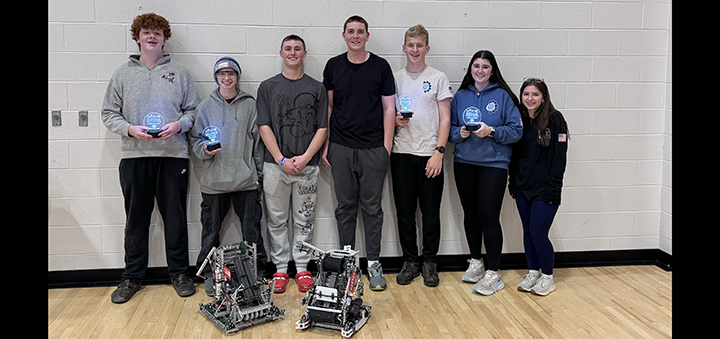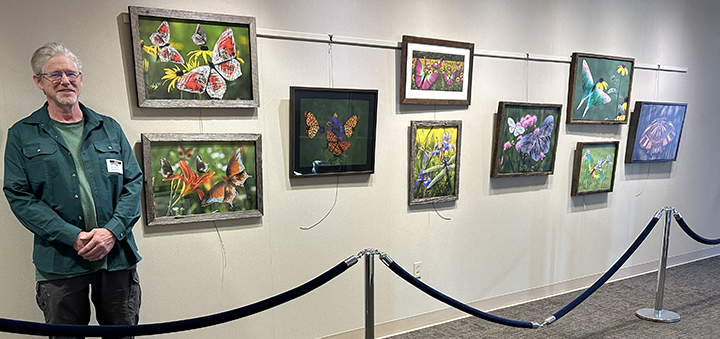Private investment in power lines is to be expected
NORWICH – The U.S. Department of Energy doesn’t have to invest in power line research and development, it just has the authority to ensure that private companies like New York Regional Interconnect Inc. can.
After repeated calls to the DOE Monday and Tuesday morning, a department spokesman contacted The Evening Sun for an interview to follow-up a report that power line research and development was not listed as one of the DOE’s top budget priorities. While it may not be a budget priority, spokesman Craig Stevens said private power line investment will be “imperative” to the nation’s energy plan.
“It’s absolutely imperative,” Stevens said. “Power is needed for the large congested areas.”
When asked if <a href="http://www.evesun.com/topics/news/NYRI/">NYRI</a>’s 190-mile-long power line was a plausible solution – or if utilizing existing transmission corridors, corridors closer to the demand for energy, or other alternatives should be considered instead – Stevens said he could not comment. He said he did not want to preempt an upcoming draft report that could possibly outline the designation of National Interest Electricity Transmission Corridors. A state within a corridor could be blocked or overruled by the federal government from reviewing a power line project.









Comments